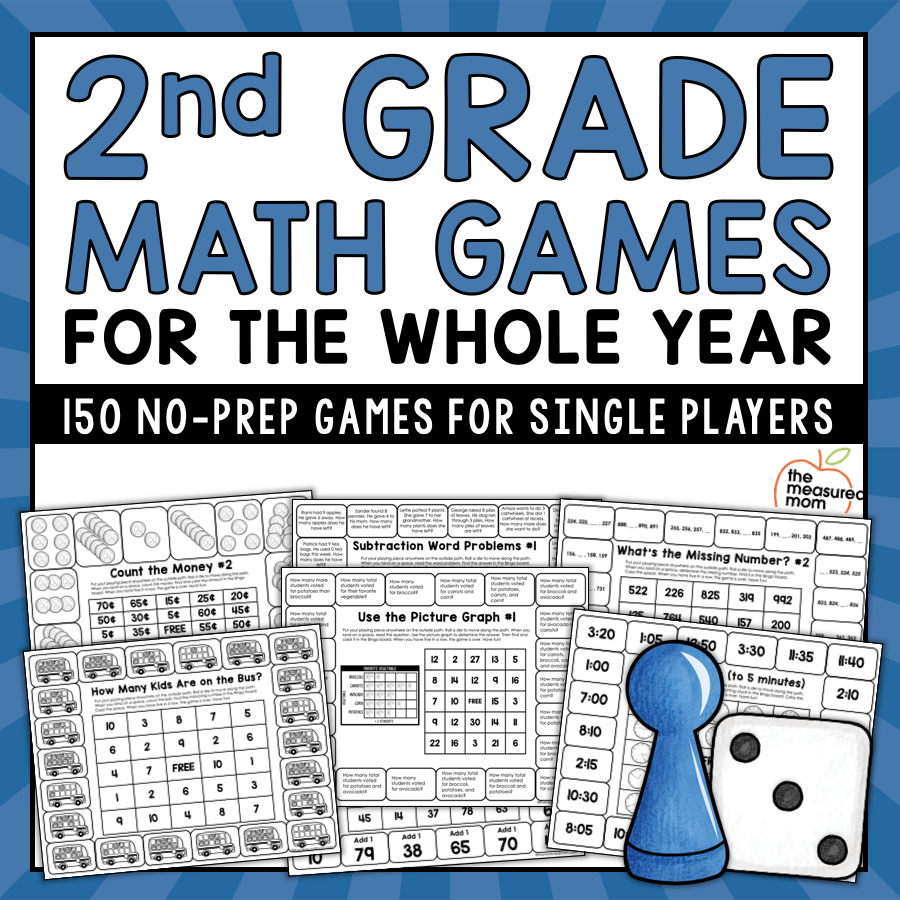
In 2014, the average teacher salary in Idaho was $44,205. However, it has dropped to $53,100 in 2022, a decrease of more than 12% in just eight years. This amount amounts to $54,579 in purchasing capacity, which is why salaries are not keeping up the pace of inflation.
Application process
There are a few steps to apply for teacher jobs in Idaho. First, you'll need to earn your highschool diploma. Then, you'll need to have 32 semester hours of college classes. The ETS Paraprofessional Praxis Assessment test will be required. Make sure you upload a copy to your transcripts as part of your application. Once you've submitted all of your documents, you will need to wait fourteen to sixteen weeks for processing.
The next step is to fill out federal employment forms. You can also apply if you hold a bachelor's from an accredited college. Additionally, you will need to have a valid Idaho teaching certificate. An endorsement may be possible for a Idaho teaching certificate if you hold a certificate from another country.
Certification requirements
Before you can apply to Idaho for a teaching permit, you will need to complete a bachelor’s degree program in education. Teach for America offers an alternative certification. Students must spend two years in a classroom to prepare for the application for their license.

In order to become an Idaho teacher, you must complete a teacher preparation program and student teaching. You must also pass a subject knowledge verification test. To fulfill this requirement, you can take the Praxis II exam. The exam includes both multiple-choice and essay questions.
Programs available
There are many options available to help earn your Idaho teaching license. There are many requirements that vary depending on the program. However, most require you complete a substantial number of general education classes to provide a foundation in teacher training. After you have completed these courses, you can take a 45 credit teaching major and a 20 credit teaching minor. Finally, you can choose to focus in education.
Through the College of Education, the University of Idaho offers a teacher’s education program. The program emphasizes hands on experience, service learning, partnership with local schools, and collaboration. After completing the program, you will need to complete an internship at an elementary or secondary school in Idaho.
Average salary
The Idaho teacher average salary has dropped in recent years. It is now $53,000/year, compared with $55,000 in 2009. At the same time, housing prices and rent have skyrocketed. Although the salaries of Idaho teachers are still low, many are trying to increase their incomes.
Idaho's new five year teacher pay law is helping to raise salaries. The average teacher salary for the Gem State will rise to $51,691 by 2019-20. This is seven per cent more than what teachers were paid in the first year of the law's implementation, which was $44,205. Statehouse has also supported the increase in pay. $250 million in total payouts are made each year to law-related parties.

Career outlook
While Idaho schools need more teachers than ever, the state's career ladder is not keeping up with the demand. There are hundreds of vacancies in Idaho schools, and many are finding it difficult to find qualified applicants. This can lead a rise in class sizes, and more inexperienced teachers working in areas that are difficult to fill. To meet this shortage, schools have already invested $180million in teacher salaries and benefits.
In order to teach in Idaho public schools, teachers must earn a state license. In addition, teachers pursuing certification can earn interim certificates while working in the classroom. Teachers who are not licensed can teach in private schools as substitute teachers, teacher's assistants or paraprofessionals. The bachelor's degree must be completed before you can begin a career as teacher. This usually requires four years of education. Some programs require additional semesters of study.
FAQ
What is the difference in school and college?
Schools are usually divided into classes (or grades), with a teacher who is responsible for teaching a specific class. Colleges are bigger organizations that offer more specialized courses and may include university-level courses. While schools tend to focus on the basics, colleges can offer courses in a wide range of subjects, including science, language, business, and arts. Both levels of education are designed to prepare students for higher-level study.
How do I select my major?
Students choose their majors depending on their interests. Some students will choose to major or minor in a subject that interests them because they'll find it more enjoyable than learning about something else. Some students want to go into a field where there is no job. Some students choose a major in order to earn money. Whatever your reasons, you should consider what kind of job you might like after graduation.
There are many avenues to find information about various fields of study. Talk to your family and friends about their experiences. Read magazines and newspapers to see if there are any careers listed. Talk to a guidance counselor at high school about possible career paths. Visit the Career Services section of your local library. Check out books on various topics from your public library. Use the Internet to search for websites related to specific careers.
What's the point of education or schooling?
Education should provide students with skills that will help them find work. It is not only an academic pursuit, but also a social activity in which children can learn from each other and gain confidence through participating in sports, music, or art. Education is about teaching students to think critically and create in order to be independent and self-reliant. What does it really mean to have high educational standards
Educational standards that promote student success are considered good. They give teachers a clear vision of the goals they want to achieve with their pupils. Good education standards allow schools to be flexible enough for changing needs. Equal opportunity for all children, regardless of background, must be provided.
What is the best way to start teaching early childhood?
First you need to decide if your career path is in early childhood education. If so, then you will need to get your bachelor's degree. In some states, students must have a masters degree.
You will likely also have to attend classes in the summer months. These courses cover topics such as pedagogy (the art of teaching) and curriculum development.
Many colleges offer associate degree programs that lead directly into a teaching certificate.
Some schools offer certificates and bachelor's degrees in early education. Other schools only offer diplomas.
Teaching at home may be possible without additional training.
What is homeschooling and how does it work?
Homeschooling is an educational method where children are educated at home by their parents. It's also known as home education, self-education, and home educating.
Homeschooling is a great option for families who want to teach their kids at home. This method allows children to receive a quality education from home.
Parents educate their children from birth until they graduate high school. They decide what subjects and how long they should study. The student learns everything in their own time.
Parents choose when to start teaching their children. Many schools recommend that children attend classes from age four until twelve years old. Some families wait until their children reach kindergarten to start teaching them.
You can use any number resources to help your children through the curriculum. There are many resources that can help you learn. These include videos, books, websites, magazines and even magazines.
Many families find homeschooling works well for their busy schedules. Children can be spent more time at home than in traditional public schools.
How long should you spend on college preparation?
How much time you have available to study and how long it takes to prepare for college will determine the amount of time you spend on preparation. Start taking college preparation courses as soon as you finish high school if you want to be able to go straight to college. You don't have to plan if you expect to be away for several years before going to college.
It is important to discuss your plans and ideas with your parents, teachers, and other family members. They might recommend certain courses. Keep track of all the courses you have taken and the grades you earned. This will help you know what you need to do next year.
Statistics
- Think of the rhetorical power of nineteenth-century abolitionist Harriet Beecher Stowe, Martin Luther King, Jr., or Occupy Wall Street activists with their rallying cry of “we are the 99 percent.” (bostonreview.net)
- These institutions can vary according to different contexts.[83] (en.wikipedia.org)
- Among STEM majors, that number is 83.5 percent. (bostonreview.net)
- Data from the Department of Education reveal that, among 2008 college graduates, 92.8 percent of humanities majors have voted at least once since finishing school. (bostonreview.net)
- They are more likely to graduate high school (25%) and finish college (116%). (habitatbroward.org)
External Links
How To
What is vocational training?
Vocational education is an educational program that prepares students to work after high school and college. It teaches them specific skills for specific jobs (such as welding). You can also get on-the job training through apprenticeship programs. Vocational education is distinct from general education as it focuses more on training individuals for specific jobs than on learning broad knowledge that can be used in the future. Vocational education's goal is to help students find employment after they graduate.
Vocational education can take place at all levels of schooling. This includes primary schools, secondary schools and colleges, universities as well as colleges, technical institutes, technical colleges, trade schools, community college, junior colleges, four-year colleges, and colleges. There are many schools that specialize in specific subjects, such as nursing schools (law schools), medical schools, dental school, veterinary medicine and firefighting schools. Many of these provide both academic instruction and practical experience.
In recent decades, many countries have made large investments in vocational training. However, the effectiveness of vocational education remains controversial. Some critics say it does not improve students' employability. Other argue that it prepares them well for life beyond school.
According to the U.S. Bureau of Labor Statistics 47% of American adults have a postsecondary certificate. This figure is higher for those with more education. 71% (25-29) of Americans have a bachelor's level or higher and work in fields that require a postsecondary degree.
According to the BLS in 2012, almost half of Americans had at the least one type of postsecondary credential. One-third of Americans had a two year associate degree. Only 10% held a four-year bachelors degree. One fifth of Americans had a masters degree or doctorate.
The median annual salary for people with a bachelor's was $50,000. This compares to $23,800 for those who don't have a degree. For advanced degrees, the median annual wage was $81,300.
For those who did no high school, the median salary was only $15,000. A person with a lower high school diploma earned $13,000 annually.